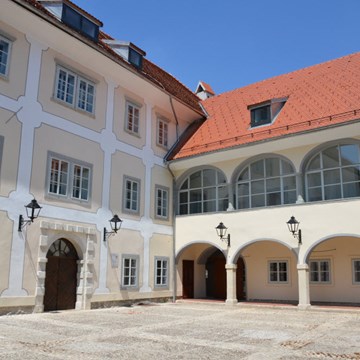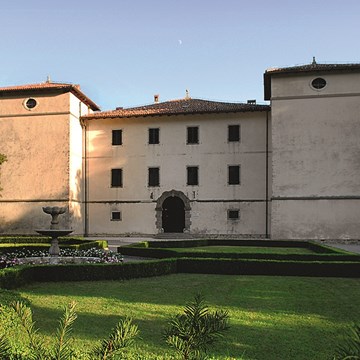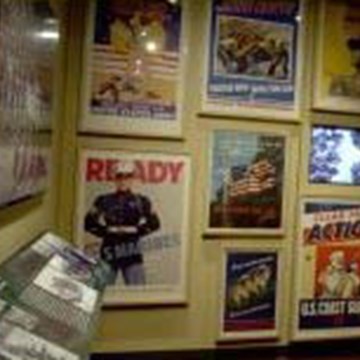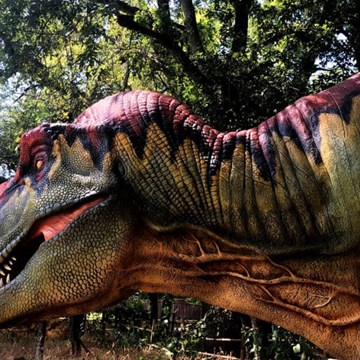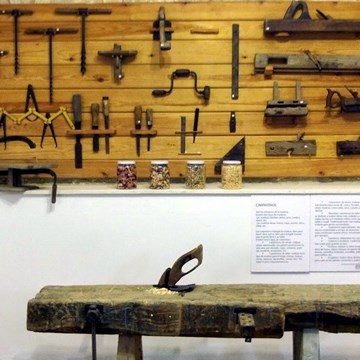California Science Center
The California Science Center provides an innovative model for science learning by combining exhibits with an on-site Science Center School and Amgen Center for Science Learning as well as a teacher professional development program.
The Science Center is open to the public seven days a week, 362 days per year, with free general admission to its permanent exhibit galleries. The facility, which opened in February 1998, spans more than 400,000 sq. feet and includes four major exhibit areas. World of Life probes the commonalities of the living world, from the single-celled bacterium to the 100-trillion-celled human being; Creative World examines the ways people employ technology to meet their needs for transportation, communication and structures; and Ecosystems, a major expansion opened in March of 2010, features an unprecedented blend of nearly 400 species of live plants and animals, and hands-on exhibits in 11 immersive environments. Ecosystems highlights include a 188,000 gallon kelp tank populated with live kelp, fish, and other marine life, a desert flash flood, and a special gallery dedicated to the urban ecology of Los Angeles. The Ecosystems experience empowers explorers with the science knowledge to become better stewards of the environment. Additionally, World of Life, Creative World, and Ecosystems each have a Discovery Room intended for children 7 years of age and younger. These specially designed spaces make science more approachable for young learners by focusing on hands-on learning experiences.
On October 30, 2012, Space Shuttle Endeavour opened to the public in the Science Center’s newly built Samuel Oschin Pavilion. In the Pavilion, guests are able to see Endeavour up close and discover some of the science behind this amazing space vehicle. The Samuel Oschin Pavilion also features SPACEHAB, a workshop for astronauts while in space, and a space shuttle main engine (SSME) which helped push the shuttle into orbit. Before entering the Pavilion, guests will be able to enjoy an introductory experience, Endeavour: The California Story , which celebrates Endeavour’s many scientific achievements and its strong connection to California where all the orbiters were built. The California Story includes the Rocketdyne Operations Support Center (ROSC), which monitored the first 81/2 minutes of every shuttle launch, Endeavour’s space potty and galley, and the tires from STS-134, Endeavour’s final mission. In addition to the orbiter, our unique collection of Air and Space Exhibits explores the design of aircraft, spacecraft, and space probes for specific tasks by applying the principles of air, space, and flight.
The Science Center also hosts international touring exhibits and has an educationally focused IMAX Theater with a capacity to create images of exceptional clarity and impact through the use of the largest film frame in the motion picture industry. The 7-story screen brings to life worlds as small as an atom and as vast as the universe.
Exhibitions and events
We don't have anything to show you here.
Educational programs
We don't have anything to show you here.
Collections
We don't have anything to show you here.




